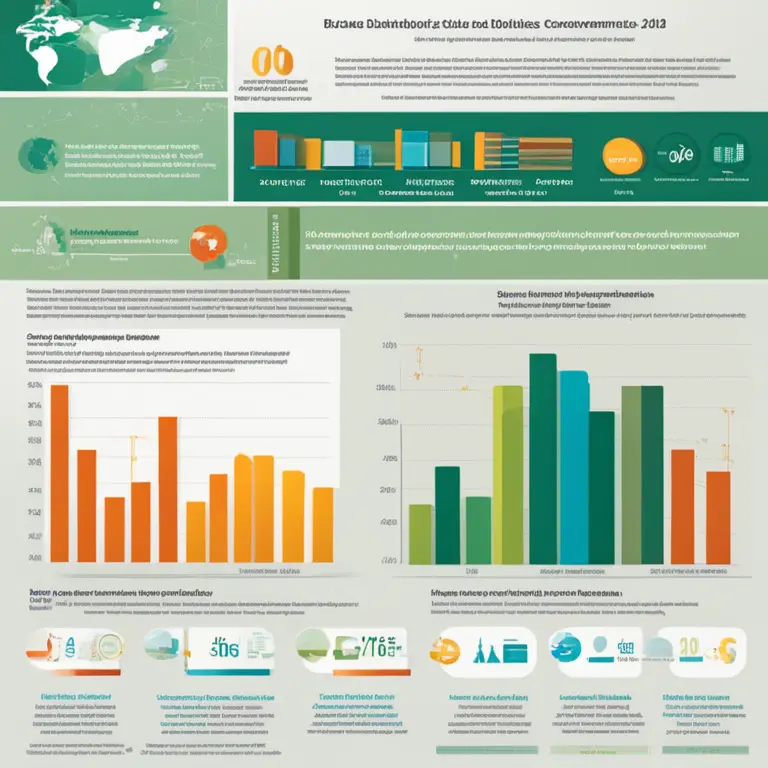
The Significance of Biorhythms: A Guide to Personal Cycles
Discover the meaning of biorhythms and how they influence your daily life. Learn about the cycles that dictate your physical, emotional, and intellectual well-being.
article by Adrian Wallace
Introduction to Biorhythms
Biorhythms are a concept based on the idea that our lives are affected by natural physiological cycles. These rhythms are thought to influence our physical, emotional, and intellectual capabilities in distinct patterns. The theory originated in the late 19th century when Dr. Wilhelm Fliess noticed regularities in a number of phenomena, including diseases. Since then, this concept has garnered interest for its potential to improve self-awareness and personal well-being. Understanding your biorhythms could provide insights into the highs and lows of your daily life.

The Three Primary Cycles
Traditionally, biorhythms consist of three primary cycles: Physical (23 days), Emotional (28 days), and Intellectual (33 days). The Physical cycle is believed to influence strength, coordination, and well-being. The Emotional cycle governs mood, creativity, and perception. The Intellectual cycle affects cognitive functions, alertness, and analytical abilities. Each cycle oscillates between high, low, and neutral phases, which proponents suggest can predict periods of strength and vulnerability.

New Developments in Biorhythmic Studies
With the advance of personalized data tracking, biorhythmic studies have evolved. More complex models now exist, incorporating additional cycles like Intuitive, Spiritual, Awareness, and Aesthetic—each believed to regulate other facets of our lives. For example, in 2024, researchers are expected to introduce a new composite index that combines multiple biorhythmic measures to enhance the predictive accuracy of personal forecasts. This initiative could usher in a new era of individualized cycle tracking.

Calculating Your Biorhythms
Calculating your biorhythms requires knowing your birth date and using it as a starting point for the cycles. Each day after birth is counted, and the result determines where you currently are in each of your cycles. While there are many free calculators online, in 2024, advancements in biorhythmic software and mobile apps are anticipated. They will potentially offer more nuanced insights and even allow integration with wearable tech to monitor real-time physiological data.

Utilizing Biorhythms in Daily Life
Understanding your biorhythms could be a powerful tool for planning and decision-making. For instance, a high phase in the physical cycle might suggest it's a good time for demanding workouts, while a low phase is a signal to rest. When your emotional cycle is peaking, social activities and creative endeavors might be more fruitful. During high phases in the intellectual cycle, tackling complex problems could be advantageous. Applying biorhythmic principles may encourage living in harmony with our natural rhythms.
Criticism and Controversy
Though intriguing, biorhythms are not universally accepted. Critics argue that studies do not conclusively prove the biological basis for these cycles and that they lack scientific rigor. The empirical evidence to either strongly support or refute biorhythms is limited, leaving the topic open for debate. Despite the skepticism in the scientific community, the interest in and utilization of biorhythmic patterns continue to thrive, especially among those seeking alternative methods to enhance personal development.
Published: 1/30/2024
Modified: 1/30/2024
More predictions
Come back here soon to learn more about yourself and your future


Biorhythms Compatibility Calculator: Finding Synergy
Delve into the intriguing world of biorhythms and discover how a compatibility calculator can help assess the synchronicity of life's natural cycles between individuals.


Biorhythm Compatibility: The Sync of Life Rhythms
Discover the role of biorhythm compatibility in relationships, and how syncing life rhythms can influence personal connections.


The Truth About Biorhythm Compatibility
Delve into the concept of biorhythm compatibility to discover if there's a scientific basis behind synchronizing life's rhythms with a partner.